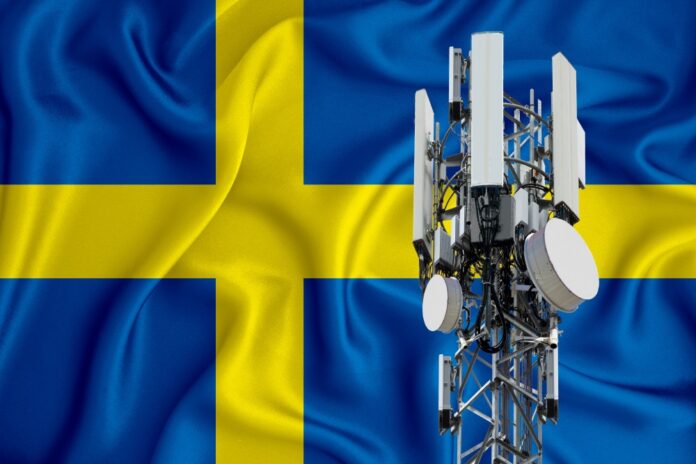Self-driving vehicles are to be trialled on Swedish motorways for the first time this spring, supported by 5G and smart infrastructure.
The project team has representatives from KTH, Telenor, Volvo Cars and XENSE Vision. It has received funding from Vinnova, Sweden’s innovation agency, and Advanced Digitisation.
Closing the gap
The trial is intended to reduce the gap between self-driving cars in a research environment and commercial use, adding communication with and data from sensors and traffic systems, and edge computing. While moving, the car retrieves information from the environment to identify queues, speeds, traffic lights at very low latency via 5G.
Intelligent sensors are installed in the infrastructure at critical traffic locations to keep the automated vehicles informed about multiple aspects of the road situation in real time including information about situations ahead on the road.
The organisations participating in the trials with glean different perspectives and produce a research test bed in collaboration with the development that takes place within the Centre for Trustworthy Edge Computing Systems and Applications (TECoSA). Engineering students will help develop and run the test bed and the project’s results will form part of training courses.
Contributions
KTH will lead the project and contribute engineering and research resources for risk assessment, edge computing and the testbed, and weave some of the results into the engineers’ training courses.
Telenor is contributing the infrastructure and expertise in 5G and edge computing, and exploring how these technologies can be adapted to automated vehicles’ risk analysis in real time.
The vehicles come from Volvo Cars, which is providing engineers and experts in risk and safety assessment. XENSE Vision developed the sensors with a special focus on traffic safety and critical sections of road, like intersections and motorway ramps.
These sensors use stereo camera technology to be able to measure the distance to all pixels in an image, similar to the light detection and ranging (LiDAR) technology that has often been used in self-driving vehicle trials, but with higher resolution.
Detecting objects
‘Objects’ such as vehicles and pedestrians are detected in 3D and their exact positions communicated to connected vehicles in the vicinity to complement their own sensors’ data.
Malina Borg Sigg, 5G expert at Telenor, commented [translated from Swedish], “With 5G, we are getting closer to a reality with self-driving cars. This means big profits when transport is integrated with a connected society. For example, there will be fewer accidents caused by human error and energy consumption will fall due to smart traffic management.
“We can also improve conditions in the transport sector and create new services and business models that improve accessibility and increase usage per vehicle in operation.”



